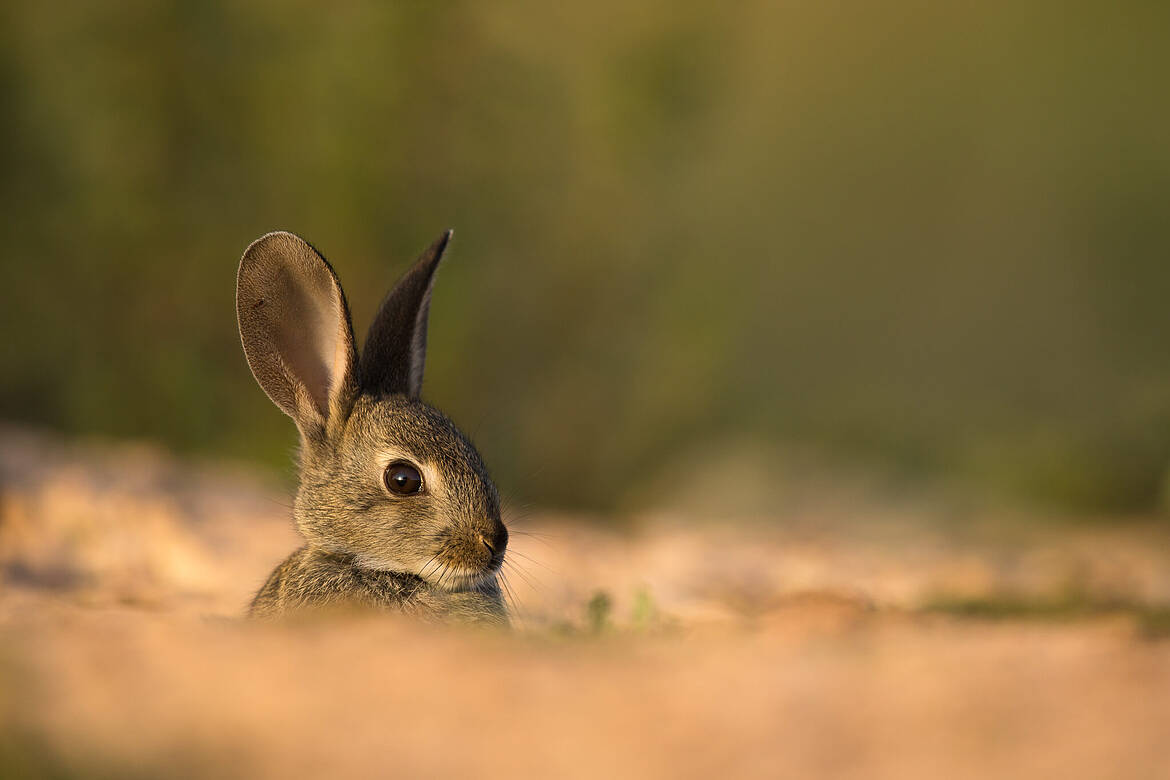He wild rabbit It is a key species in Mediterranean ecosystems. It is the main prey of species as iconic as the Iberian lynx or the Iberian Imperial Eagle.
Farmers, hunters, scientists, governments and conservationists gathered in Albacete this week to exchange views experiences with preventing damage caused by wild rabbits to agriculture, and also on infrastructure such as roads or train tracks. Organized in the context of LIFE Iberconejo projecton which the conferences try to reach a consensus more effective preventive measures and propose future solutions to all actors involved.
He wild rabbit, a species endemic to the Iberian Peninsula, is the wild animal that causes the most damage to agriculture. In some agricultural areas there are population spikes and significant crop losses: a problem that is especially acute when natural food is scarce, such as during periods of drought.


To address this problem, the LIFE Iberconejo project I organize the “Days for exchanging experiences on Preventing damage caused by rabbits in agriculture” in the Botanical Garden of Castilla La-Mancha (Albacete, Spain).
Experts from Spain and Portugal took part in the event, representing all social actors interested in the topic: governments, farmers, hunters, conservation organizations and scientific institutions.
Preventing damage caused by wild rabbits to agriculture
During the conference, experiences with damage to agriculture and infrastructure were presented, and practical measures to prevent this damage and tools for managing social conflicts will be presented.
The aim is to lay the foundation for future damage prevention plans adapted to local realities and needs. The conference will define general recommendations and specific lines of action to reduce the impact of the species on the agricultural sector.
The abundance of rabbits in certain areas is in stark contrast to their scarcity in some parts of the territory. According to data from the IUCN (International Union for Conservation of Nature), populations of wild rabbit They have declined by 70% over the past decade, a decline that led to them being declared an ‘endangered’ species in 2019.
One of the objectives of LIFE Iberconejo es restoring balance in rabbit populations, to reverse its decline and prevent conflicts with agriculture. This double face of the rabbit, as an endangered species that causes damage to agriculture, makes its control enormously difficult. That is why it is so relevant that all agents involved are united in the Iberconejo projectlooking for common solutions.
The Albacete Conference is the second organized by the LIFE Iberconejo about the impact of the species on agriculture. During the first, held in November 2022 in Alcázar de San Juan (Ciudad Real), a damage monitoring system, prevention measures and social conflicts were defined, as well as an early warning mechanism in case of damage. the framework of the project.

